Economy
FG, OPEC disagree on Nigeria’s crude oil production
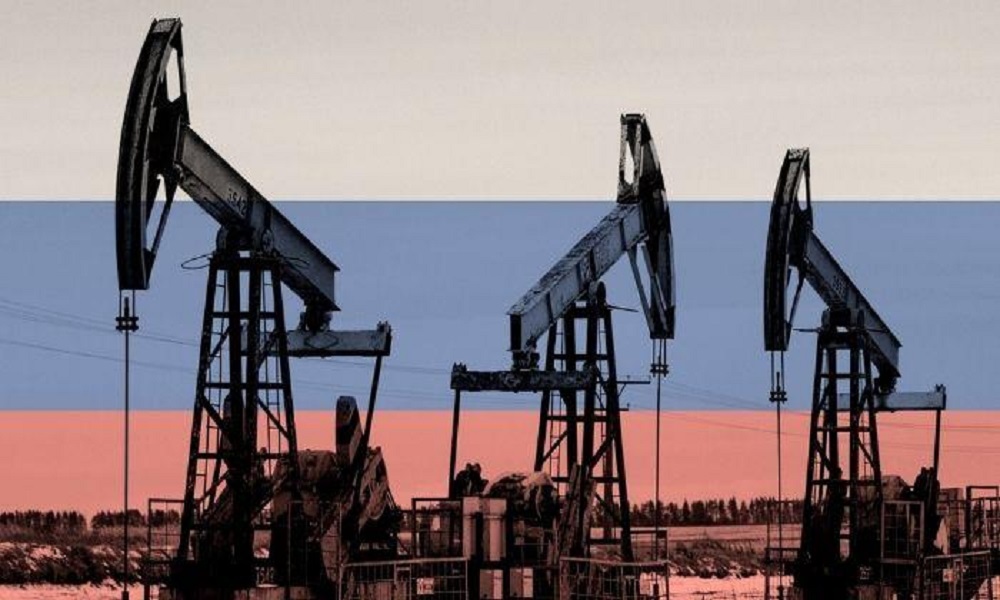
The Federal Government and the Organisation of Petroleum Exporting Countries (OPEC) have disagreed on Nigeria’s average daily crude oil production, with Wale Edun, Minister of Finance and Coordinating Minister of the Economy, claiming that the country’s oil production has risen to 1.65 million barrels per day (bpd), while OPEC put the nation’s production at 1.32 million bpd in February 2024.
Speaking in Abuja yesterday at a podcast hosted by Bruit Costaud in collaboration with Ballard Partners of USA, Edun said that Nigeria’s oil production increased to 1.65 million bpd, from 1.25 million bpd in June 2023. He stated: “The prices are still elevated and as you know in June 2023, the oil production and sales were roughly 1.25 million barrels per day.
“Now, it is up to 1.65 million barrels per day, that is one source of bringing in dollars and revenue into the government coffers that is non-inflationary.”
Meanwhile, in its monthly oil market report released yesterday, OPEC reported that Nigeria’s average daily crude oil production dropped to 1.32 million bpd in February. It stated that the oil output figure represents 105,000 bpd or 7.36 percent decrease from the 1.42 million bpd recorded in January.
OPEC said the production data was based on direct communication with Nigerian authorities.
OPEC receives data on crude oil production from two sources: direct communication — which is from members of the group; as well as s e c o n d a r y communication, such as energy intelligence platforms. With its current drilling performance, the country retained its position as the biggest oil producer in Africa.
OPEC said Libya is Africa’s second-largest producer, with 1.17 million barrels per day, followed by Algeria with 906,000 bpd. But OPEC’s secondary sources put Nigeria’s crude production at 1.476 million bpd — a 3.29 percent uptick from the 1.429 million bpd reported by the oil cartel in January this year.
“According to secondary sources, total OPEC-12 crude oil production averaged 26.57 mb/d in February 2024, 203 tb/d higher, mo- m. Crude oil output increased mainly in Libya and Nigeria, while production in IR Iran and Iraq decreased,” the report reads.
Economy
75.5% of rural Nigerians now live below poverty line — World Bank
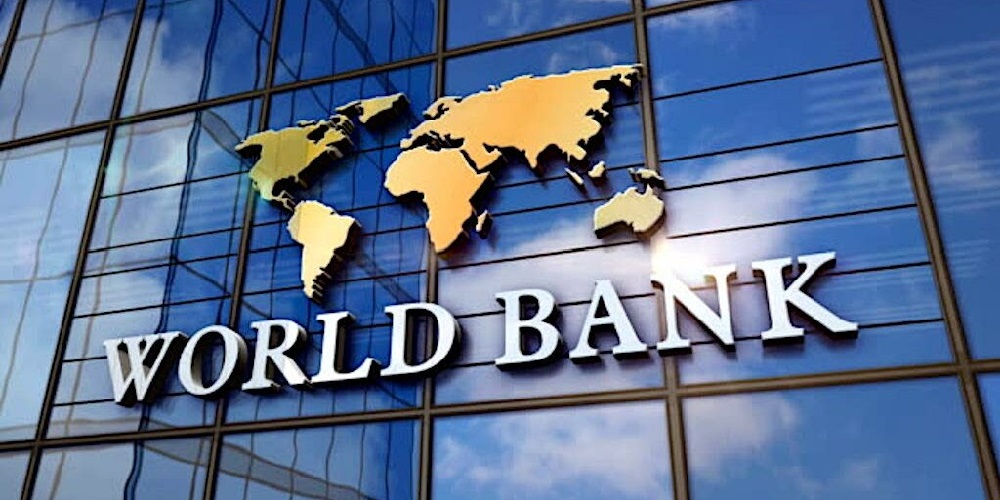
The World Bank has disclosed that a staggering 75.5 per cent of rural Nigerians are now living below the poverty line, reflecting deepening hardship in the country’s hinterlands.
This was revealed in the Bank’s April 2025 Poverty and Equity Brief for Nigeria, which paints a grim picture of worsening economic hardship, widening inequality, and persistent underdevelopment across much of the nation.
While poverty is widespread among urban populations, the report emphasised that the situation is significantly worse in rural areas, where economic stagnation, high inflation, and insecurity have exacerbated living conditions.
“Based on the most recent official household survey data from Nigeria’s National Bureau of Statistics, 30.9 per cent of Nigerians lived below the international extreme poverty line of $2.15 per person per day in 2018/19 before the COVID-19 pandemic,” the report stated.
The report also highlighted Nigeria’s enduring regional disparities. “Nigeria remains spatially unequal. The poverty rate in northern geopolitical zones was 46.5 per cent in 2018/19, compared with 13.5 per cent for southern ones. Inequality measured by the Gini index was estimated at 35.1 in 2018/19.
“Nigeria’s Prosperity Gap — the average factor by which individuals’ incomes must be multiplied to attain a prosperity standard of $25 per day for all — is estimated at 10.2, higher than most peers.”
Despite successive policy interventions, these figures underscore a persistent economic divide across the country.
The report’s demographic analysis found that children aged 0 to 14 years had a poverty rate of 72.5 per cent, reflecting the scale of deprivation among the youngest segment of the population.
Gender disparities were also observed, with 63.9 per cent of females and 63.1 per cent of males classified as poor under the $3.65 per day lower-middle-income threshold.
Education emerged as a significant determinant of poverty, with Nigerians lacking formal education experiencing a poverty rate of 79.5 per cent. This contrasts with 61.9 per cent for those with primary education and 50.0 per cent for secondary school graduates. Only 25.4 per cent of those with tertiary education were considered poor.
The report also drew attention to multidimensional poverty indicators, which further reflect widespread deprivation.
According to the World Bank, about 30.9 per cent of Nigerians live on less than $2.15 daily, 32.6 per cent lack access to limited-standard drinking water, 45.1 per cent do not have limited-standard sanitation, and 39.4 per cent have no electricity.
Education access remains a challenge, with 17.6 per cent of adults yet to complete primary education, and 9.0 per cent of households reporting at least one school-aged child not enrolled in school.
The report noted that even before the COVID-19 pandemic, efforts to reduce extreme poverty had largely stalled.
“Before COVID-19, extreme poverty reduction had almost stagnated, dropping by only half a percentage point annually since 2010. Living standards of the urban poor are hardly improving, and jobs that would allow households to escape poverty are lacking,” the report read.
Although the World Bank acknowledged recent economic reforms aimed at stabilising Nigeria’s macroeconomic outlook, it warned that persistently high inflation continues to undermine household purchasing power, particularly in urban areas where incomes have not kept pace with rising costs.
In light of the worsening situation, the Bank called for urgent policy action to shield vulnerable groups from inflationary shocks and to drive job creation through more productive economic activities.
Economy
Naira Records Marginal Decline Against Dollar at Official Market

The Nigerian naira experienced a mild drop in value on Friday, closing at ₦1,602.18 per dollar in the official foreign exchange market, based on figures released by the Central Bank of Nigeria (CBN).
This marks a decrease of ₦5.49 from the rate of ₦1,596.69 recorded on April 30, the last trading day before the May 1 Workers’ Day holiday—indicating a depreciation of approximately 0.34%.
Earlier in the week, from Monday to Wednesday, the naira remained relatively stable, exchanging at ₦1,599.95, ₦1,599.71, and ₦1,596.69 respectively.
Although the local currency showed some consistency mid-week, it wrapped up the week with a loss, following a sligh dip of 0.02% at the beginning of the week
Economy
Black Market Dollar hits N1,610 Amid Economic quagmire

What is the Dollar to Naira Exchange Rate in the Black Market (Also Known as the Parallel Market or Aboki FX)?
Below is the black market exchange rate for the U.S. dollar to the Nigerian naira as of Thursday, May 1, 2025. These are the typical rates at which you can exchange dollars for naira:
Dollar to Naira Black Market Exchange Rate (May 1, 2025):
At the Lagos Parallel Market, also referred to as the black market, Bureau De Change (BDC) operators are buying dollars at ₦1,602 and selling at ₦1,610, according to market sources.
Please note: The Central Bank of Nigeria (CBN) does not recognize or endorse transactions conducted on the parallel market. The CBN advises individuals and businesses seeking foreign exchange to use official banking channels.
-

 News13 hours ago
News13 hours agoWhy ‘VeryDarkMan was arrested – EFCC
-

 Economy24 hours ago
Economy24 hours ago75.5% of rural Nigerians now live below poverty line — World Bank
-
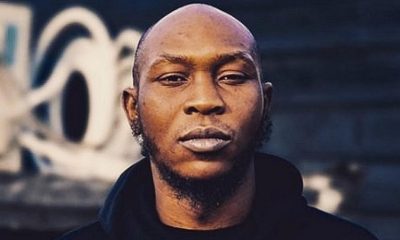
 Entertainment13 hours ago
Entertainment13 hours agoHow I narrowly escaped death in U.S hotel room – Seun Kuti
-

 Education16 hours ago
Education16 hours agoOver 1.5m candidates score less than 200 in 2025 – UTME
-

 News15 hours ago
News15 hours ago‘S3x is good, I enjoy it,’ Bishop Adejumo tells wives
-

 News23 hours ago
News23 hours ago‘Cabals’ still fighting against our refinery — Dangote
-
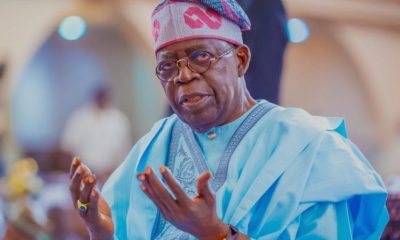
 News16 hours ago
News16 hours agoTinubu to meet Gencos over N4tn electricity debt
-
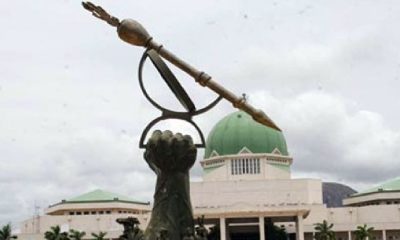
 News10 hours ago
News10 hours agoReps Minority Caucus condemns unlawful detention of VDM, demands his immediate release






